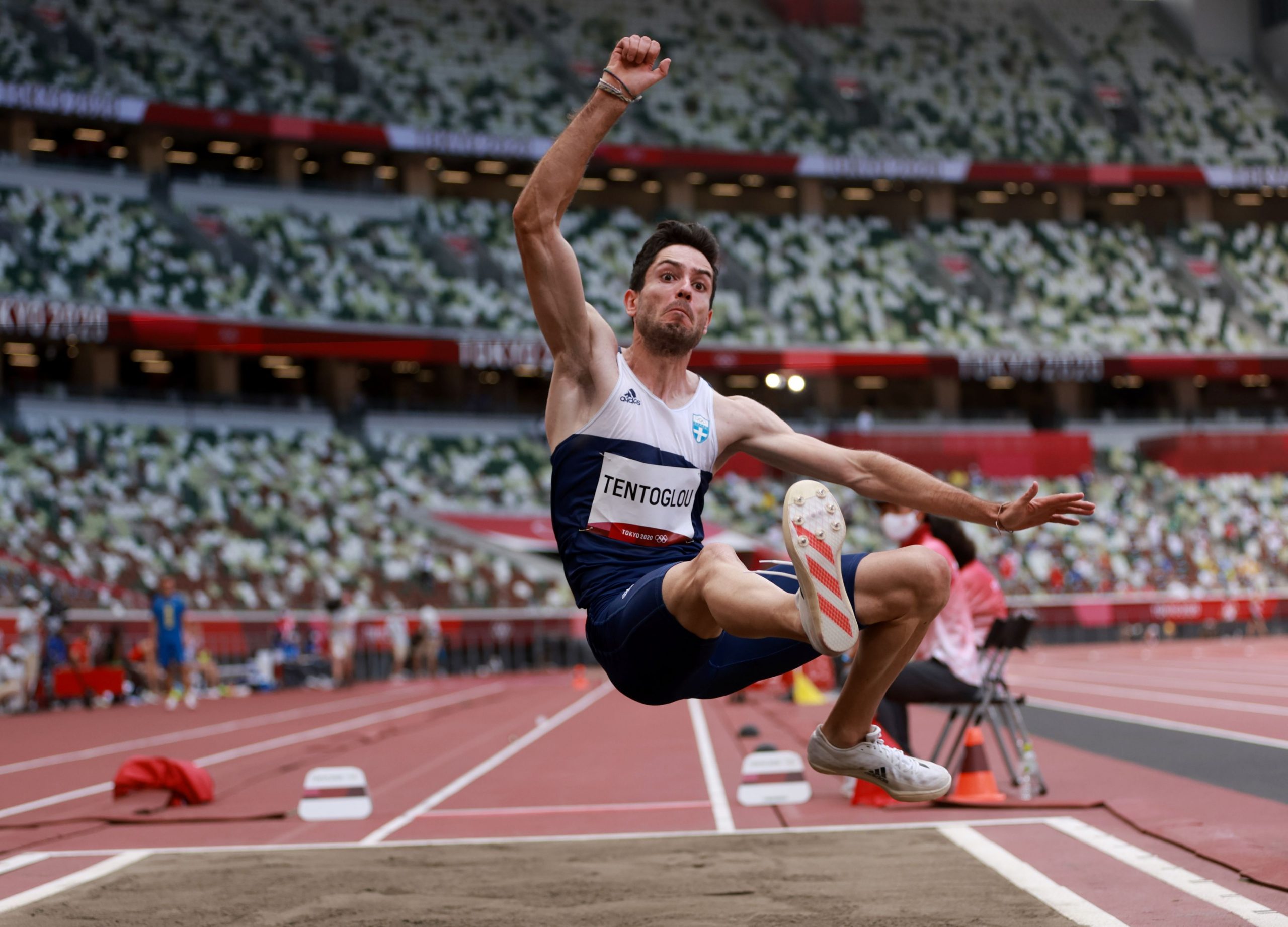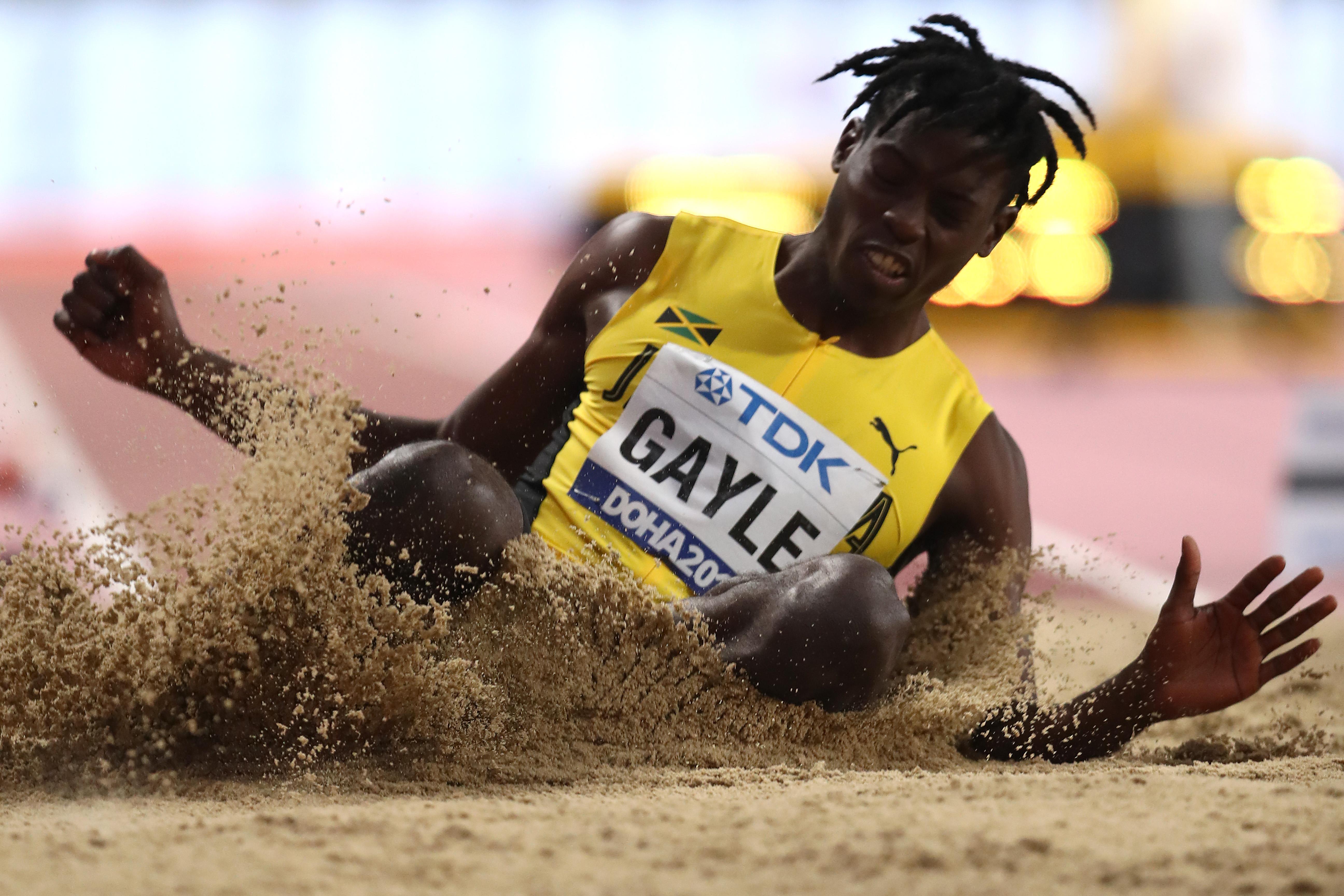Historical Significance of American Dominance in Long Jump

The absence of American men in the Olympic long jump final is a rare occurrence, a testament to the nation’s enduring legacy in this event. From the legendary feats of Jesse Owens to the unparalleled dominance of Carl Lewis, American athletes have consistently set the standard in the long jump, captivating audiences and leaving an indelible mark on the sport.
Factors Contributing to American Dominance
American dominance in the long jump can be attributed to a confluence of factors, including a rich athletic talent pool, innovative training methods, and a cultural emphasis on athletic achievement.
- Athletic Talent Pool: The United States boasts a vast and diverse population, providing a fertile ground for identifying and nurturing athletic talent. This deep pool of potential long jumpers allows for intense competition and the emergence of exceptional athletes.
- Training Methods: American coaches have pioneered innovative training methods, incorporating biomechanics, strength and conditioning, and specialized drills to maximize athletes’ performance. The emphasis on scientific approaches and individualized training plans has played a crucial role in developing world-class long jumpers.
- Cultural Influence: American society places a high value on athletic achievement, with sports holding a prominent place in the cultural landscape. This cultural emphasis fosters a strong tradition of athletic participation and encourages young athletes to pursue excellence in their chosen sport.
Prominent American Long Jumpers
American long jumpers have consistently dominated the Olympic stage, leaving behind a legacy of remarkable achievements and contributions to the sport.
- Jesse Owens (1936 Berlin Olympics): Owens’s legendary performance at the 1936 Berlin Olympics, where he won four gold medals, including the long jump, remains a defining moment in Olympic history. His achievements challenged racial prejudice and inspired generations of athletes.
- Carl Lewis (1984, 1988, 1992, 1996 Olympics): Lewis’s unparalleled dominance in the long jump, winning four consecutive Olympic gold medals from 1984 to 1996, cemented his place as one of the greatest athletes of all time. His remarkable consistency and athleticism set a high bar for future generations of long jumpers.
- Bob Beamon (1968 Mexico City Olympics): Beamon’s world-record jump of 8.90 meters at the 1968 Mexico City Olympics shattered the previous record by nearly 55 centimeters. His incredible feat, which stood for 23 years, is considered one of the greatest moments in Olympic history.
- Dwight Phillips (2004 Athens Olympics): Phillips’s gold medal victory at the 2004 Athens Olympics marked a significant achievement for American long jumpers, demonstrating their continued dominance in the event.
Analyzing the Current State of American Long Jump: Zero Us Men In The Olympic Long Jump Final Is A Rare Absence For The Nation Of Lewis And Owens

The absence of American men in the Olympic long jump final is a significant departure from the nation’s historical dominance in the event. While the United States has consistently produced world-class long jumpers, recent years have seen a decline in their competitive edge. Understanding the factors contributing to this shift is crucial for assessing the current state of the American long jump program and identifying potential avenues for future success.
Reasons for the Absence of American Men in the Olympic Long Jump Final
The absence of American men in the Olympic long jump final can be attributed to a confluence of factors.
- One contributing factor is the emergence of strong competition from other nations, particularly from Europe and Asia. Athletes from these regions have consistently demonstrated exceptional skills and dedication, challenging the traditional American dominance in the event.
- Another contributing factor is the changing landscape of athletic development in the United States. While the country boasts a strong tradition of track and field, the emphasis on specialized training and early specialization has led to a decline in the overall athleticism and versatility of American athletes. This shift has impacted the long jump, which requires a combination of speed, power, and technical proficiency.
- Furthermore, the lack of consistent high-level competition within the United States has hindered the development of American long jumpers. The absence of a robust domestic circuit with frequent opportunities to compete against elite athletes has made it difficult for American jumpers to reach their full potential.
The Current State of the American Long Jump Program
The current state of the American long jump program is characterized by a combination of strengths and weaknesses.
- On the positive side, the United States still boasts a strong foundation of coaching expertise and access to advanced training facilities. Many American long jumpers benefit from world-class training programs and the support of experienced coaches who have a deep understanding of the event.
- However, the program faces challenges in attracting and retaining talented athletes. The allure of other sports, particularly those with higher professional earning potential, has made it difficult to attract young athletes to the long jump. Furthermore, the lack of a clear pathway to professional success in the event has discouraged many talented athletes from pursuing it as a career.
- The American long jump program also needs to adapt to the changing demands of the sport. The current generation of long jumpers requires a greater emphasis on technical proficiency and the ability to execute complex jumps consistently. This requires a shift in training methods and a greater focus on developing athletes’ technical skills from an early age.
Comparing the Current Generation of American Long Jumpers to Previous Generations
The current generation of American long jumpers faces a different competitive landscape compared to their predecessors.
- While previous generations dominated the event, the current generation faces stiff competition from athletes around the world. This has led to a decline in the number of American long jumpers who consistently reach the top echelons of the sport.
- The current generation of American long jumpers is generally considered to be less athletic and versatile than their predecessors. This is partly due to the changing landscape of athletic development in the United States, where early specialization has become more prevalent.
- However, the current generation of American long jumpers has demonstrated a strong commitment to technical proficiency and the ability to execute complex jumps. This is evident in the increasing emphasis on biomechanics and the use of advanced training techniques.
Exploring the Future of American Long Jump

The absence of American men in the Olympic long jump final is a stark reminder of the challenges facing the nation’s once-dominant program. While the reasons for this decline are complex, it presents an opportunity to assess the future of American long jump and chart a course for its revival.
Potential Impact of the Absence, Zero us men in the olympic long jump final is a rare absence for the nation of lewis and owens
The absence of American men in the Olympic long jump final could have several implications for the future of the event. One concern is the potential decline in interest and participation in the sport among young athletes. Without role models and inspiring performances, aspiring long jumpers may be less motivated to pursue the event. This could lead to a shrinking talent pool and a further decline in American long jump performance. Additionally, the lack of success at the highest level could also impact funding and resources allocated to the sport.
Strategies for Reclaiming Dominance
To reclaim its dominance in the long jump, the American program needs to adopt a multi-pronged approach.
- Focus on Youth Development: Investing in youth development programs is crucial. This involves identifying and nurturing talented young athletes from a young age, providing them with access to quality coaching, training facilities, and opportunities to compete. Programs like the USA Track & Field’s Youth Development Program can serve as models for this approach.
- Emphasis on Technical Skills: The American program needs to emphasize the development of technical skills, particularly in the areas of takeoff, flight, and landing. This involves working with coaches who have expertise in these areas and incorporating biomechanical analysis to optimize technique.
- Strengthening the Coaching Base: The quality of coaching is essential for the success of any athlete. The American program should focus on attracting and developing top-level coaches who can provide athletes with the necessary guidance and support. This could involve providing mentorship programs for aspiring coaches and creating incentives for experienced coaches to work with young athletes.
- Investing in Research and Innovation: The American program should invest in research and innovation to stay at the forefront of the sport. This includes exploring new training methods, analyzing performance data, and utilizing technology to enhance training and competition.
- Promoting a Culture of Excellence: Creating a culture of excellence within the American long jump program is crucial. This involves fostering a competitive environment where athletes push each other to improve and where a high standard of performance is expected.
A Hypothetical Scenario for Revival
Imagine a scenario where the American long jump program embraces a holistic approach to development. A network of youth development programs emerges across the country, identifying and nurturing young talent. These programs provide access to expert coaches, cutting-edge training facilities, and a supportive environment. The focus shifts to developing technical skills, with coaches employing biomechanical analysis and advanced training techniques.
This investment in youth development leads to a surge in talent, with a new generation of American long jumpers emerging on the international stage. The program also attracts and develops top-level coaches, creating a strong coaching base that supports athletes throughout their careers. With a culture of excellence firmly established, American long jumpers consistently challenge for podium finishes at major competitions, reclaiming their dominance in the event.
Zero us men in the olympic long jump final is a rare absence for the nation of lewis and owens – It’s a rare sight indeed, seeing no American men in the Olympic long jump final, a nation that boasts the likes of Jesse Owens and Carl Lewis. It’s almost as shocking as when Donald Trump compared the January 6th Capitol riot crowd to those who attended Martin Luther King Jr.’s “I Have a Dream” speech, a comparison that sparked widespread criticism.
Perhaps the absence of American jumpers is a sign of the times, a reflection of a nation grappling with its own identity and place in the world. Only time will tell if the American long jump will return to its former glory.
The absence of American men in the Olympic long jump final is a shock to the system, a stark contrast to the nation’s storied history in the event. Imagine the scene: a packed stadium, the roar of the crowd, and the anticipation building as athletes prepare to soar through the air.
It’s a moment that calls for a comfortable spot to watch, perhaps nestled in a plush Sophia fabric accent chair , as you witness the legacy of Jesse Owens and Carl Lewis continue to unfold, albeit in a new chapter.
The lack of American contenders in this iconic event is a reminder that even the most dominant nations can face unexpected challenges.
